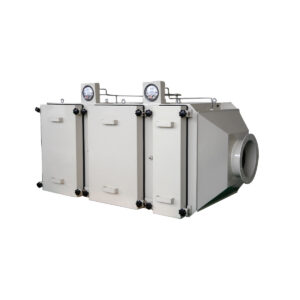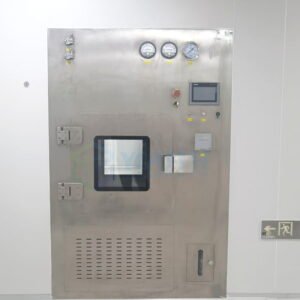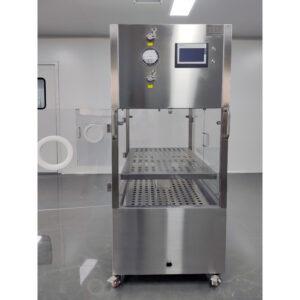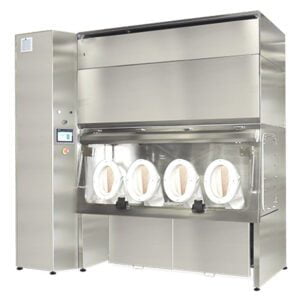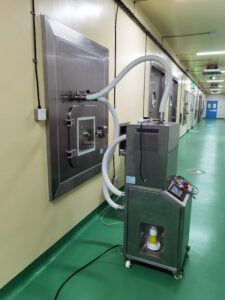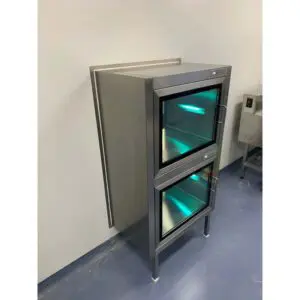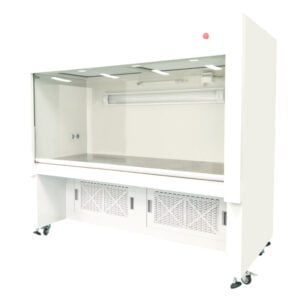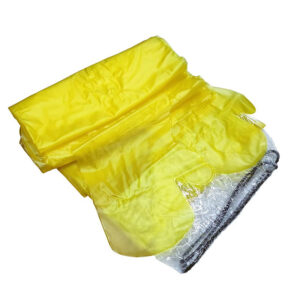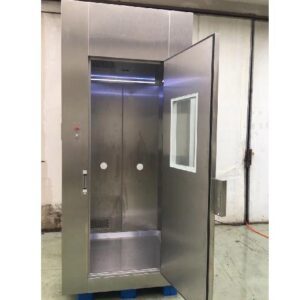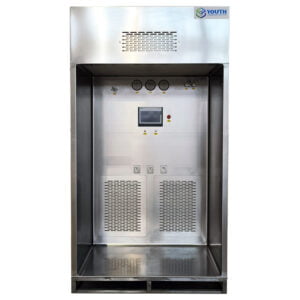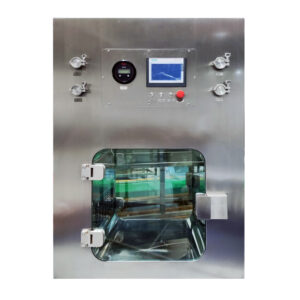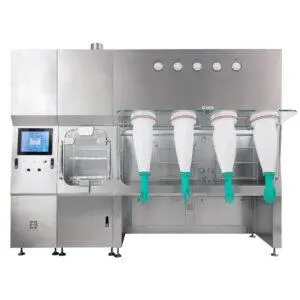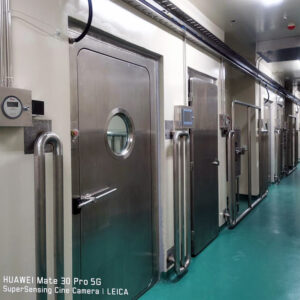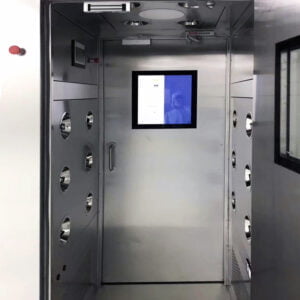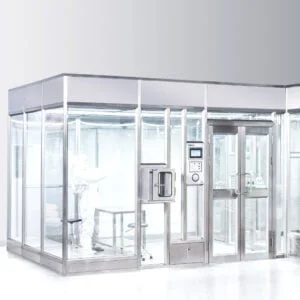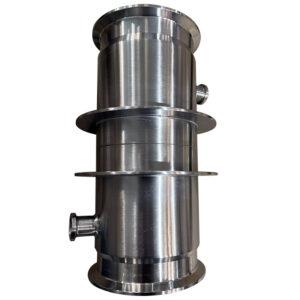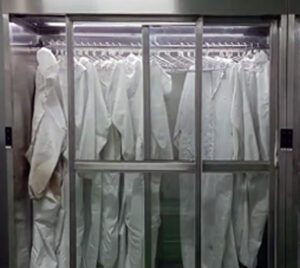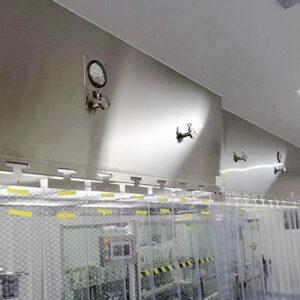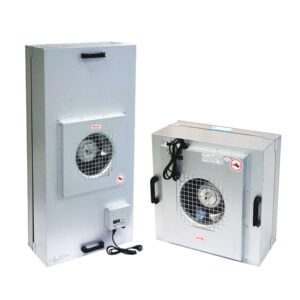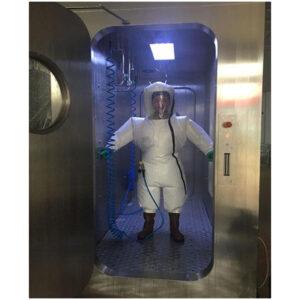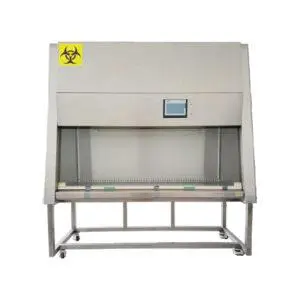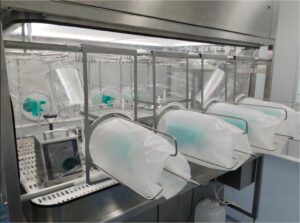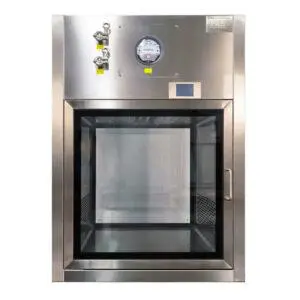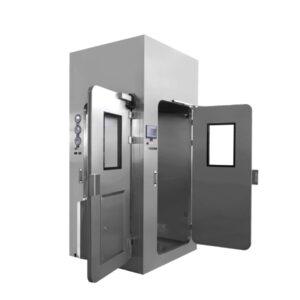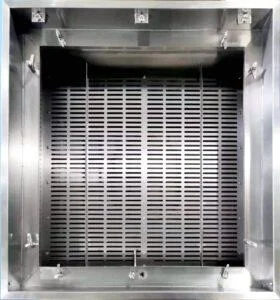The manufacture of sterile products refers to the production process of pharmaceuticals, medical devices, or other products that must be free from any microorganisms or contaminants, ensuring they are sterile and safe for use in healthcare settings. This process is crucial for products like injectable drugs, intravenous solutions, surgical instruments, and various medical equipment where contamination could have severe consequences for patients.
Key points in the manufacture of sterile products typically include:
- Cleanroom Facilities: Sterile products are manufactured in controlled environments called cleanrooms, which are designed to minimize airborne particles, microorganisms, and contaminants. These facilities are classified based on their level of cleanliness.
- Aseptic Processing: Aseptic processing techniques are used to maintain sterility throughout the manufacturing process. This includes sterilizing equipment, materials, and personnel through methods such as steam sterilization, filtration, and chemical disinfection.
- Sterilization: Sterilization is a critical step to eliminate or reduce microbial contamination. Common sterilization methods include autoclaving (steam sterilization), gamma irradiation, and ethylene oxide (EtO) sterilization.
- Environmental Monitoring: Regular monitoring of the cleanroom environment is essential to ensure that it meets specified cleanliness standards. This includes air and surface sampling to detect and control any microbial contamination.
- Quality Control: Rigorous quality control measures are implemented at various stages of manufacturing to ensure the product’s sterility, including testing for endotoxins, sterility, and potency.
- Personnel Training: Proper training and gowning procedures for personnel are essential to prevent contamination. This includes wearing sterile clothing, masks, gloves, and using aseptic techniques.
- Validation: Validation processes are carried out to confirm that the manufacturing process consistently produces sterile products. This involves testing and documentation of various parameters.
- Regulatory Compliance: The manufacture of sterile products is subject to strict regulatory oversight by agencies such as the U.S. Food and Drug Administration (FDA) in the United States and the European Medicines Agency (EMA) in Europe. Compliance with Good Manufacturing Practices (GMP) and other regulatory requirements is crucial.
- Packaging: Sterile products are typically packaged in sterile containers to maintain their sterility until the point of use. Packaging materials and processes must also meet stringent standards.
- Storage and Distribution: Proper storage and distribution practices are followed to prevent contamination or compromise of sterility during transportation and storage.
The manufacture of sterile products is a critical aspect of the healthcare and pharmaceutical industries, and strict adherence to quality and sterility standards is essential to ensure patient safety.
Related Contents:
- Bag-In/Bag-Out (BIBO) Systems: Operation and Maintenance Guide
- Ultimate Guide to VHP Passbox Cleaning in Controlled Environments
- Exploring the Use of Dunk Tanks in Medical Device Manufacturing Cleanrooms
- Why Every Medical Device Manufacturer Needs Fan Filter Units
- Exploring the World of Aseptic Production: The Power of BFS Technology
- Fan Filter Units: Key to Quality Control in Cleanroom Manufacturing Processes
- The Ultimate Guide to YOUTH Biosafety Dunk Tanks: Features, Benefits, and Applications
- What is RABS in Medical Terms?
- Understanding Cleanrooms: Types and Their Significance


